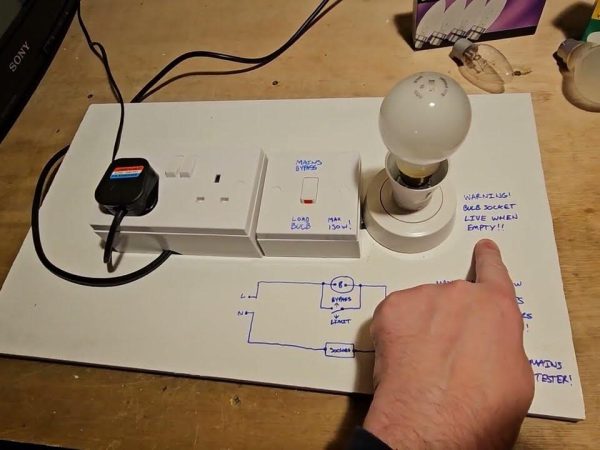Storing Computer: The Complete Guide to Safe Short-Term and Long-Term Storage

Whether you’re moving, downsizing, upgrading to a new device, or simply need to put your old PC away for a while, knowing how to properly store a computer is essential. Computers are sensitive machines made of electronic components that can degrade if exposed to dust, moisture, or extreme temperatures.
Improper storage can lead to:
- Corrosion of internal parts.
- Data loss from hard drives or SSDs.
- Battery damage in laptops.
- Cracked screens or warped plastic.
In this guide, we’ll cover everything you need to know about storing computer safely, including preparation, environmental factors, data protection, and tips for both short-term and long-term storage.
Why Proper Computer Storage Matters
Computers are not like ordinary household items. They contain:
- Sensitive electronics that can short out with moisture.
- Magnetic storage drives that can lose data when damaged.
- Lithium-ion batteries in laptops that degrade if improperly stored.
- Cooling systems that clog with dust when left in dirty areas.
Proper storage ensures your machine works again when you need it, preserving both hardware and data.
Preparing a Computer for Storage
Before storing a computer, you should prepare it to minimize risks.
Backup Your Data
- Use an external hard drive or cloud storage.
- Create a full system image if you may need to restore the computer later.
Clean the Device
- Wipe the keyboard, screen, and case.
- Use compressed air to remove dust from vents.
- Dust and dirt attract moisture and pests.
Shut Down Properly
- Avoid leaving the computer in sleep or hibernate mode.
- A full shutdown protects components.
Remove Peripherals
- Detach USB devices, printers, and accessories.
- Store them separately in labeled bags.
Handle the Battery (for laptops)
- Charge to 40–60% before storage.
- Remove the battery if possible, especially for older models.
Short-Term Storage Tips (Under 6 Months)
If you’re storing your computer for a few weeks or months:
- Keep It in a Cool, Dry Place
Avoid direct sunlight or damp basements.
Optimal temperature: 50–75°F (10–24°C).
- Use a Protective Cover
A dust cover or cloth helps prevent dirt buildup.
- Store Upright
Desktops: Keep tower cases upright, not on their sides.
Laptops: Store flat in a protective sleeve.
- Avoid Extreme Temperatures
Don’t store in a hot garage or cold attic.
Sudden changes cause condensation inside components.
Long-Term Storage Tips (Over 6 Months)
Long-term storage requires more precautions.
Packaging
- Use original packaging if available.
- Otherwise, use a sturdy box with foam padding.
- Wrap in anti-static bags to prevent static discharge.
Humidity Control
- Use silica gel packets inside the box.
- Keep humidity between 30–50%.
Check on It Occasionally
- Power on every 6 months to circulate components.
- For laptops, recharge the battery to 50% if needed.
Climate-Controlled Storage
- If using a storage unit, pick a climate-controlled option.
- Prevents heat, cold, and moisture damage.
Storing Desktops vs. Laptops
Desktops
- Remove and store cables separately.
- Ensure the tower is upright with padding.
- Remove expansion cards if storing long-term (optional, advanced step).
Laptops
- Store in a padded sleeve inside a box.
- Battery maintenance is critical.
- Avoid stacking heavy items on top of the laptop.
Data Storage Considerations
When storing a computer, data is as important as hardware.
Hard Drives (HDDs)
- Can suffer from “bit rot” over long storage.
- Spinning them up occasionally helps maintain functionality.
Solid-State Drives (SSDs)
- Retain data better than HDDs.
- However, long-term power-off states may cause data degradation after years.
Best Practice:
- Always back up data to two separate locations (e.g., cloud + external drive).
Storing Computer Accessories
- Monitors: Store upright in protective sleeves.
- Keyboards/Mice: Place in labeled bags.
- Cables: Use Velcro straps, avoid tight bends.
- Speakers/Headphones: Keep in dry, dust-free containers.
Avoid These Common Storage Mistakes
- Leaving It Plugged In – Risk of surges and battery damage.
- Storing in Attics or Garages – Too hot, cold, or humid.
- Neglecting Battery Care – Dead or swollen batteries in laptops.
- Stacking Heavy Items – Can crack screens or damage cases.
- Skipping Backups – Data loss risk if drive fails.
Best Places to Store a Computer
- Closet Inside Your Home – Stable environment.
- Climate-Controlled Storage Unit – If off-site.
- Office/Workspace Cabinets – Good for short-term.
Avoid basements, attics, and outdoor sheds unless fully climate-controlled.
Reviving a Stored Computer
When taking a computer out of storage:
- Let It Acclimate – Wait 24 hours before powering on if moved from a cold to warm place.
- Check for Dust – Clean vents and fans with compressed air.
- Reconnect Peripherals – Cables, mouse, keyboard, monitor.
- Run Updates – Update OS, antivirus, and drivers.
- Test Battery – For laptops, see if the battery holds charge or needs replacement.
Eco-Friendly Computer Storage and Disposal
- If storing before disposal, wipe drives securely with data-erasing software.
- Consider e-waste recycling programs if the device won’t be reused.
- Donate or repurpose old but functional machines.
Cost of Storing a Computer
- At Home: Free (closet or cabinet).
- Storage Units: $50–$150/month for climate-controlled spaces.
- Protective Packaging: $20–$60 for anti-static bags, boxes, and silica packets.
A small investment in proper storage saves hundreds in potential repairs.
Future-Proofing Your Storage
Since technology advances quickly:
- Document passwords and system details before storage.
- Keep recovery media (USB or discs).
- Note software licenses in case you reinstall later.
Conclusion
Properly storing a computer ensures that when you’re ready to use it again, it works like new. From backing up data and controlling temperature to protecting batteries and cleaning components, a little preparation goes a long way.
Whether it’s a short-term pause during a move or long-term storage for an older system, following best practices will keep your computer safe, secure, and functional.
FAQs
1. Can I store my computer in the garage?
Not recommended. Garages often have extreme temperatures and humidity.
2. How long can a computer be stored without damage?
If stored properly, several years. However, components should be powered on occasionally.
3. Should I remove a laptop battery before storage?
Yes, if possible. Store at 40–60% charge.
4. Can I store my computer in an attic?
No. Attics get too hot in summer and too cold in winter.
5. Do I need to back up data before storage?
Absolutely. Always back up important files before storing.
Also read: Can an EpiPen Kill You If You Don’t Need It? Everything You Should Know











